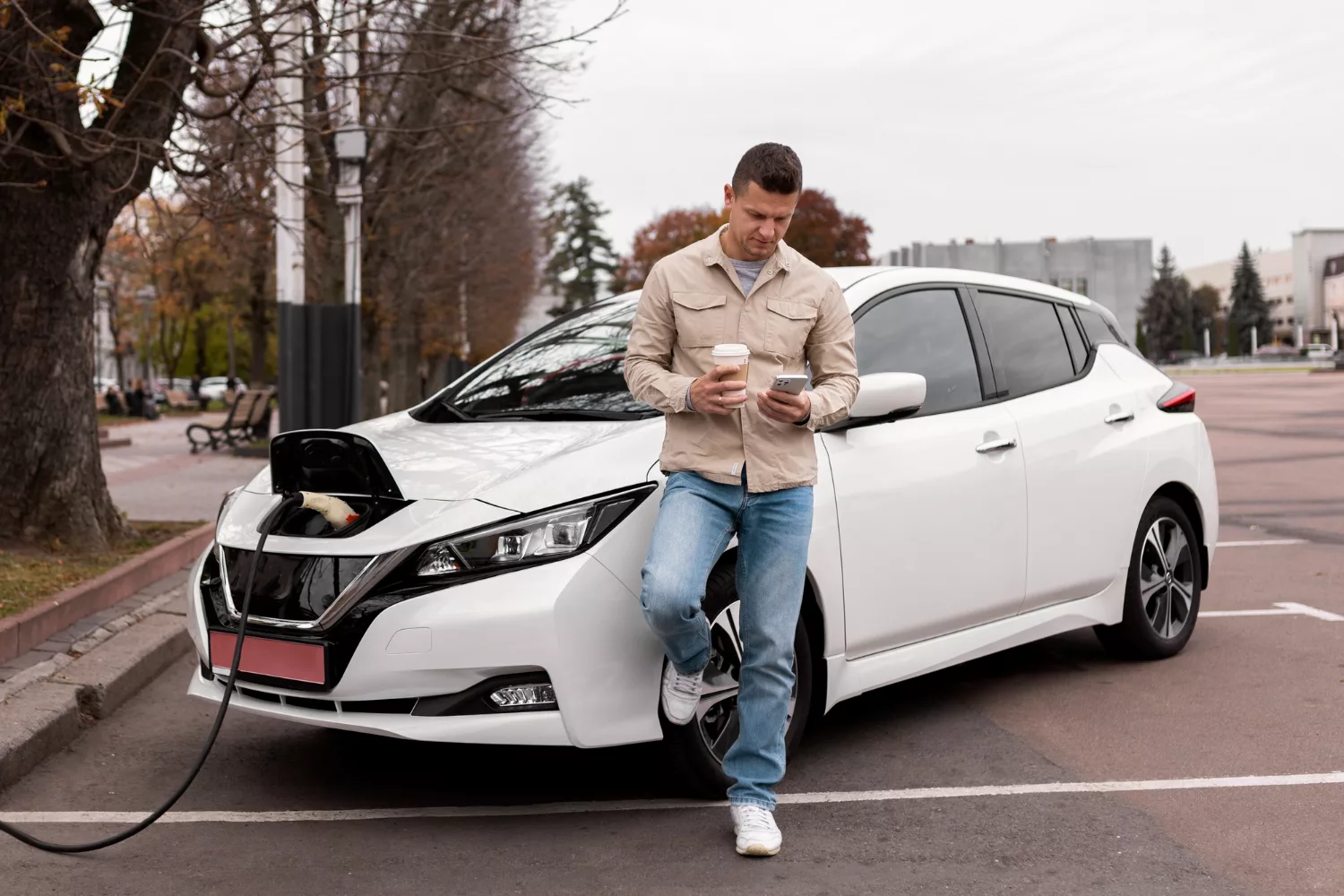
In recent decades, car manufacturers have responded to Americans’ desire for more efficient vehicles by developing high-quality hybrid and electric vehicles. These car and truck makes and models push the previous limits on fuel efficiency and either run entirely on electric battery power or use a blend of fuel and electricity to get you where you’re going. This blended system allows for fuel efficiencies that are far greater than what’s possible with just a gas-powered engine. But what else sets these types of vehicles apart?
The Hybrid Vehicle Category
For many people, hybrid vehicles are a safe choice because they’ll continue driving even if there aren’t any facilities where you can stop to power up the battery. Conventional hybrid vehicles have electric motors and gas-powered internal combustion engines (ICE) to drive these cars. Generally, this type of car will use the electric motor at lower speeds and during high-torque situations in which an ICE would be much less efficient. Then, when the car is on the highway, it can use gasoline to maintain those high speeds, often with a fuel efficiency of over 40 miles per gallon.
Within the hybrid category, however, there are two major types to consider. The generic hybrid uses a combination of energy pulled from the ICE’s operation and from regenerative braking to power the battery. Regenerative braking is a system that captures wasted heat and kinetic energy when the brake pads rub up against the tires to use friction to slow the vehicle. Repurposing this energy is an efficient way to get the most out of fuel that you’ve already used.
For small batteries, these methods are enough to keep the engine running, but it doesn’t unlock the highest efficiency available to hybrids. The other category, plug-in hybrids, builds on those methods of powering the battery and increases the capacity so that drivers can plug these vehicles in at night or during a visit to a rest stop. By giving the battery much more energy, it aims to get the best of both hybrids and purely electric vehicles.
What Sets Plug-In Hybrids Apart From Generic Hybrids
As mentioned, plug-in hybrids have a much greater battery capacity and can be charged by being plugged in. As a result, the electric motor may be used for more than just low-torque situations. Plug-in hybrids are considered to have an electric range on par with that of purely electric vehicles, sometimes over 300 miles on a single charge. They can be plugged in at most charging stations and even have adapters so that you can plug them in at home.
True to being hybrids, however, they also possess a full ICE and gas tank. The added weight reduces their electric range, but it gives drivers the security of knowing that a drained battery won’t stop them from finishing the trip. Further, the larger battery also means that a plug-in electric is likely to achieve significantly higher fuel efficiency than generic hybrids over the long term.
Nevertheless, plug-in hybrids require a bit more maintenance. For one thing, you have to plug them in regularly to keep the battery charged if you want the most fuel-efficient ride. Additionally, the cost of maintenance may be higher, as the larger battery is more expensive and may need to be replaced more frequently. On the other hand, relying less on the ICE may reduce the maintenance needed for those more conventional components.
You can expect the generic hybrid to cost more in gasoline regularly. Plug-in hybrids reduce or eliminate gas consumption as much as possible, while generic hybrids are always using some amount of gas for trips that involve leaving low-speed residential areas. As a result, it’s impossible to say for sure which will be costlier without considering your driving habits.
If you tend to drive longer distances on the highway, a generic hybrid may be the solution for you. This kind of vehicle can save the time needed to recharge on the road while still maximizing fuel efficiency. If you instead take shorter trips with more downtime between them, a plug-in hybrid may be the best solution to minimize gas expenditures without making things too inconvenient for your daily commute. In both cases, the actual maintenance costs depend largely on each vehicle’s make and model.